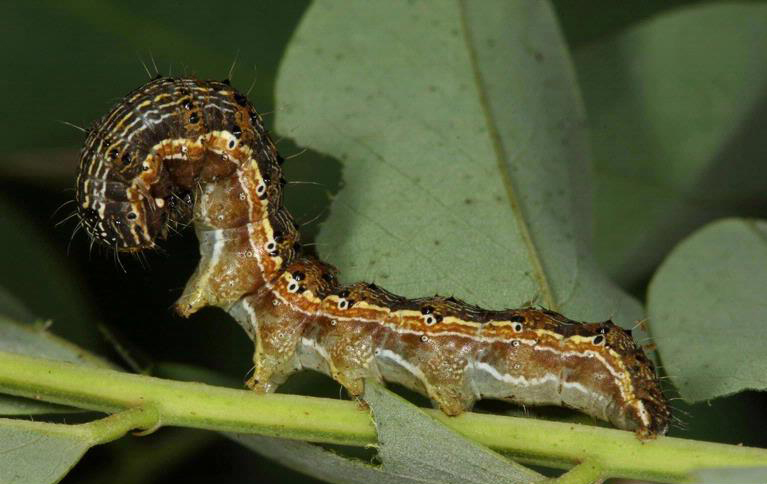University of California-Davis professor Pamela Ronald has made a ground breaking discovery, that will have huge ramifications on the developing world. They have managed to breed a new, hardier type of rice, which may succeed in stopping millions of people from going hungry worldwide. About half of the world's population utilizes rice as a staple in their diet, and if massive flooding were to wipe out an area such as India's supply of rice, it would have catastrophic consequences on the lives of millions.
"People (in the United States) think, well, if I don't have enough rice, I'll go to the store," said Ronald, a professor of plant pathology at UC-Davis. "That's not the situation in these villages. They're mostly subsistence farmers. They don't have cars."
With the combination of rising sea levels, and the worsening of world weather patterns - flooding has become a major cause of rice crop loss. Scientists estimate 4 million tons of rice are lost every year because of flooding. That's enough rice to feed 30 million people.
Normal rice dies after three day of intense flooding - "They don't get enough carbon dioxide, they don't get enough light and their entire metabolic processes are thrown off. The rice plant tries to grow out of the flood, but when it does, it depletes its sugar reserves. It starts to break down its chlorophyll, important for photosynthesis. It grows really quickly, and then when the flood recedes, it just dies. It's out of gas."
So Ronald and her colleagues have spent the last decade working to find a rice strain that could survive flooding for longer periods of time. An associate of Ronald's named David Mackill, identified a flood-resistant gene 13 years ago in a low-yielding traditional Indian rice variety. He passed along the information to Ronald, who isolated the gene, called Sub1, and introduced it into normal rice varieties, generating rice that could withstand being submerged in water for 17 days.
The team relied on something called precision breeding, the ability to introduce very specific genes into plants without the associated baggage of other genes that might get passed along in conventional breeding. Using precision breeding, scientists introduced the Sub1 gene three years ago into test fields in Bangladesh and India. The subsequent rice harvests were a resounding success.
"The results were really terrific," said Ronald. "The farmers found three- to five-fold increases in yield due to flood tolerance. They can plant the normal way. They can harvest the normal way and it tastes the same. Farmers had more food for their families and they also had additional rice they could sell to bring a little bit of money into the household."
The potential impact is huge, and the researchers predict that this strain of flood resistant rice will be available to farmers in Bangladesh within the next two years. Because the plants are the product of precision breeding, rather than genetic modification, they are not subject to the same regulatory testing that can delay release of genetically modified crops. The U.S. Department of Agriculture conferred one of its highest research awards last December on Ronald, Mackill and Bailey-Serres for their work on submergence-tolerant rice.
But Ronald has no plans to stop discovering new ways to sontribute her scientific knowledge to the world.
"I feel a great sense of gratitude that I was able to contribute in this way," she said. "But the farmers have asked us, 'Can you develop varieties that are drought tolerant, salt tolerant? Can you develop varieties that are insect resistant?' There are always more things to work on."






